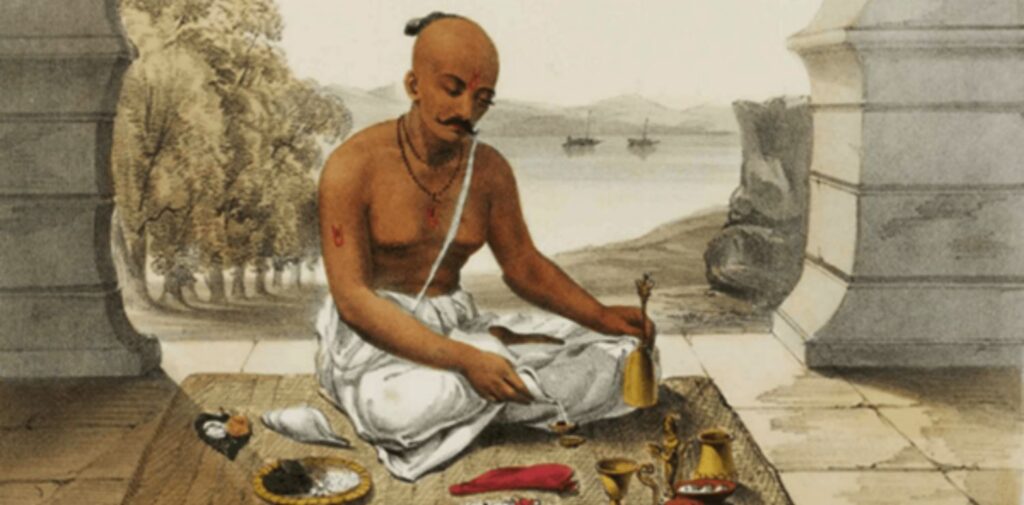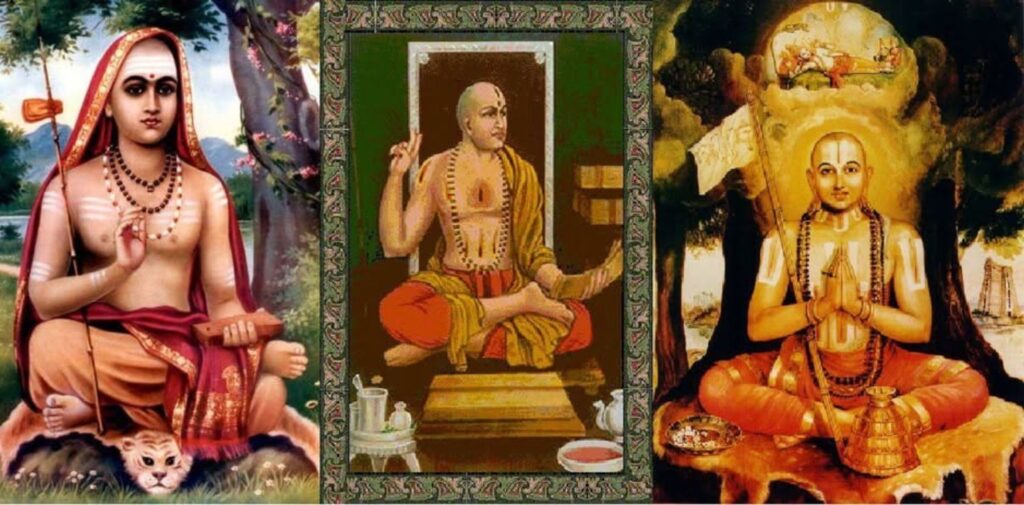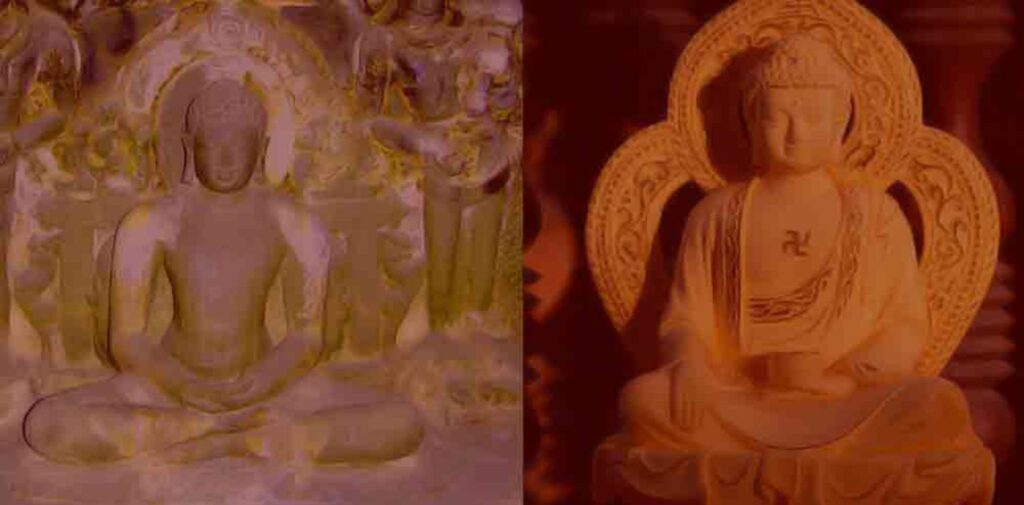India, a land rich in diverse cultures, philosophies, and traditions, owes much of its ancient intellectual and religious development to the influential role of Brahmins. These learned individuals were not only spiritual leaders but also key figures in the development and preservation of knowledge, education, and religious practices in ancient Indian society. The Brahmin community played a pivotal role in shaping the cultural and religious landscape of India, particularly through their contributions to education and religious teachings.
This article delves into how Brahmins helped shape the education system and religious practices in ancient India and why their role was so critical in the development of the Indian civilization.
The Brahmin Class in Ancient Indian Society
In ancient India, society was structured around a system known as Varna, which classified people into four main groups or “castes.” Among these, the Brahmins were placed at the top. This social positioning was not only a result of their birth but also because of their role as spiritual guides, educators, and custodians of religious traditions.
The Brahmins were considered the priestly class, responsible for performing religious rituals and safeguarding the sacred knowledge of the Vedas. They were seen as the intellectual elite of society, charged with teaching and interpreting sacred texts, maintaining the rituals of worship, and ensuring that religious customs were followed.

Brahmins as Custodians of Ancient Indian Education
In ancient India, education was considered a means of attaining moksha (liberation) and self-realization, and Brahmins were largely responsible for transmitting this knowledge. They held the responsibility of preserving and teaching Vedic knowledge through oral traditions, ensuring that sacred texts and practices were passed down from one generation to the next.
- Guru-Disciple Tradition: The Brahmins were known for their role as gurus, or teachers, who would impart knowledge to their disciples. Education in ancient India was deeply rooted in the guru-shishya (teacher-student) tradition, where a Brahmin teacher would mentor students in a holistic and spiritual manner. Students lived with their teachers in gurukulas, which were small, informal schools located near temples or in rural areas. These centers of learning were places where disciples learned not just about religious texts but also subjects like astronomy, mathematics, grammar, logic, philosophy, and rhetoric. The Brahmin teachers did not just pass on academic knowledge but also focused on moral and spiritual development. They taught their students to lead lives based on dharma (righteousness), karma (action), and samsara (the cycle of birth and rebirth). This method of education emphasized discipline, reflection, and the pursuit of knowledge, all in service of attaining higher wisdom and spiritual liberation.
- Role in Vedic Education: The Vedas, which are the most ancient scriptures of Hinduism, form the foundation of Indian religious and philosophical thought. The Brahmins were the primary custodians of these sacred texts. They were responsible for reciting, preserving, and teaching the Vedas to the next generation. The recitation of Vedic hymns was a key part of religious ceremonies, and only the Brahmins were permitted to perform these rituals and maintain the purity of the sacred verses. Brahmin scholars also contributed to the development of commentaries and philosophical texts to explain and interpret the deeper meanings of the Vedas. The Upanishads, which discuss metaphysical concepts like the nature of reality and the soul, were among the most important texts composed by Brahmins that shaped Indian philosophy.

Brahmins in Religious Life and Rituals
The Brahmins’ influence was not limited to education. They were the central figures in religious rituals and ceremonies. Their primary responsibility was to conduct sacred rituals, particularly sacrifices (yajnas) and prayers, which were believed to ensure prosperity, harmony, and divine blessings. These rituals were essential to maintaining the cosmic order and were an integral part of daily life for the ancient Indian people.
- Priestly Duties and Rituals: Brahmins served as priests in temples and were highly respected for their ability to interpret the rituals of worship. They would lead prayers, recite mantras, and perform sacrifices to deities, believing that such rituals pleased the gods and helped maintain the balance of nature and society. The Brahmins were also responsible for leading important family ceremonies such as weddings, birth rituals, and funeral rites. In addition to these domestic rituals, Brahmins were often called upon to conduct larger state-sponsored ceremonies, such as royal consecration or coronation rituals, where the king would be blessed by the gods for his rule. This made the Brahmins indispensable to the religious and political structure of ancient India.
- Brahmin Influence in Temple Worship: Brahmins were the key figures in the construction and maintenance of temples. Temples were centers not only of religious worship but also of social gathering and community interaction. The priests (often Brahmins) who served in temples were responsible for ensuring the proper conduct of rituals and ceremonies. They would perform daily offerings to the deities, lead prayers, and preserve sacred texts within the temple walls. Temples also served as centers for spiritual learning. Many Brahmins would offer teachings and discourses in the temple courtyards, where local people could learn about religious and philosophical matters. The temples thus became important hubs for the spread of knowledge and religious practices throughout ancient Indian society.
Brahmins and Social Reforms in Ancient India
While Brahmins were often associated with the preservation of traditional practices, they were also instrumental in some of the social and philosophical reforms in ancient India. Brahmin scholars played a critical role in the development of philosophical schools such as Vedanta, Sankhya, Yoga, and Nyaya. These schools of thought sought to address fundamental questions about the nature of existence, the self, and the ultimate reality.
- Vedanta and Upanishadic Teachings: The Vedanta philosophy, developed by Brahmin scholars, became one of the most important philosophical systems in India. It focused on the nature of reality and the relationship between the individual soul (Atman) and the supreme soul (Brahman). The Upanishads, which were written by Brahmins, form the core of Vedantic thought and explore ideas of self-realization and liberation from the cycle of rebirth. Through these schools of philosophy, Brahmins helped elevate the role of meditation, contemplation, and spiritual knowledge as essential elements of religious life. These teachings also influenced the Bhakti movement and other later developments in Hinduism that emphasized personal devotion to God.

Brahmins and the Rise of Buddhism and Jainism:
The rise of Buddhism and Jainism in ancient India during the 6th century BCE posed challenges to the traditional Vedic system. Gautama Buddha and Mahavira, the founders of Buddhism and Jainism, respectively, were critical of the ritualistic practices dominated by Brahmins and advocated for more accessible spiritual paths that emphasized individual effort over priestly intervention. Despite these challenges, Brahmins continued to hold significant sway over religious life in India, and their influence gradually adapted to the changes brought about by the new religions. Many Brahmins embraced Buddhism and Jainism, and elements of these religions eventually became integrated into the broader Hindu tradition, showing the adaptability of Brahmin-led religious practices.
Conclusion: Role of Brahmins
The Brahmins played an irreplaceable role in shaping both the religious landscape and the educational system of ancient India. Their contributions to the preservation and transmission of Vedic knowledge, their guidance as spiritual leaders, and their role in conducting religious rituals helped sustain and spread the Indian civilization.
While Brahmins were often associated with the preservation of tradition, they were also crucial in the intellectual and social advancements of the time, particularly in the fields of philosophy, education, and literature. Their impact extended beyond their religious duties, as they were central to shaping the cultural identity of ancient India and its educational systems.
Even today, the legacy of the Brahmin influence continues to be felt, as their contributions to philosophy, education, and religious practices continue to influence Indian society and the world.




